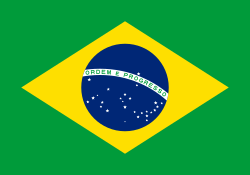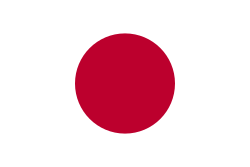Storbritanniens Grand Prix 1998
| Datum | 12 juli 1998 |
|---|---|
| Bana | Silverstone Circuit |
| Sträcka | 60 × 5,140 = 308,400 km |
| Vinnare | Michael Schumacher, Ferrari |
| Pole position | Mika Häkkinen, McLaren-Mercedes |
| Snabbaste varv | Michael Schumacher, Ferrari, 1:24,475 |
| Övrigt | Regn |
Storbritanniens Grand Prix 1998 var det nionde av 16 lopp ingående i formel 1-VM 1998.
Rapport
Michael Schumacher chockade formel 1-världen genom att vinna i depån. Han hade fått ett stop and go-straff för omkörning under gulflagg men tog straffet efter målgång! Han klarade sig undan, till McLarens stora förtret, med 10 sekunders tidstillägg. De hade hoppats på en diskvalificering vilket hade inneburit att Mika Häkkinen hade vunnit istället för att bli tvåa. Nu krympte därför avståndet i VM-tabellen mellan de båda till endast två poäng.
Resultat
- Michael Schumacher, Ferrari, 10 poäng
- Mika Häkkinen, McLaren-Mercedes, 6
- Eddie Irvine, Ferrari, 4
- Alexander Wurz, Benetton-Playlife, 3
- Giancarlo Fisichella, Benetton-Playlife, 2
- Ralf Schumacher, Jordan-Mugen Honda, 1
- Jacques Villeneuve, Williams-Mecachrome
- Shinji Nakano, Minardi-Ford
- Toranosuke Takagi, Tyrrell-Ford
Förare som bröt loppet
- Jean Alesi, Sauber-Petronas (varv 53, elsystem)
- Pedro Diniz, Arrows (45, snurrade av)
- Olivier Panis, Prost-Peugeot (40, snurrade av)
- Rubens Barrichello, Stewart-Ford (39, snurrade av)
- Jos Verstappen, Stewart-Ford (38, motor)
- David Coulthard, McLaren-Mercedes (37, snurrade av)
- Jarno Trulli, Prost-Peugeot (37, snurrade av)
- Ricardo Rosset, Tyrrell-Ford (29, snurrade av)
- Esteban Tuero, Minardi-Ford (29, snurrade av)
- Johnny Herbert, Sauber-Petronas (27, snurrade av)
- Mika Salo, Arrows (27, gasspjäll)
- Heinz-Harald Frentzen, Williams-Mecachrome (15, snurrade av)
- Damon Hill, Jordan-Mugen Honda (13, snurrade av)
VM-ställning
Förarmästerskapet | Konstruktörsmästerskapet
|
| ||||||||
| |||||
Media som används på denna webbplats
The civil ensign and flag of Belgium. It is identical to Image:Flag of Belgium.svg except that it has a 2:3 ratio, instead of 13:15.
The Flag of Europe is the flag and emblem of the European Union (EU) and Council of Europe (CoE). It consists of a circle of 12 golden (yellow) stars on a blue background. It was created in 1955 by the CoE and adopted by the EU, then the European Communities, in the 1980s.
The CoE and EU are distinct in membership and nature. The CoE is a 47-member international organisation dealing with human rights and rule of law, while the EU is a quasi-federal union of 27 states focused on economic integration and political cooperation. Today, the flag is mostly associated with the latter.
It was the intention of the CoE that the flag should come to represent Europe as a whole, and since its adoption the membership of the CoE covers nearly the entire continent. This is why the EU adopted the same flag. The flag has been used to represent Europe in sporting events and as a pro-democracy banner outside the Union.
















